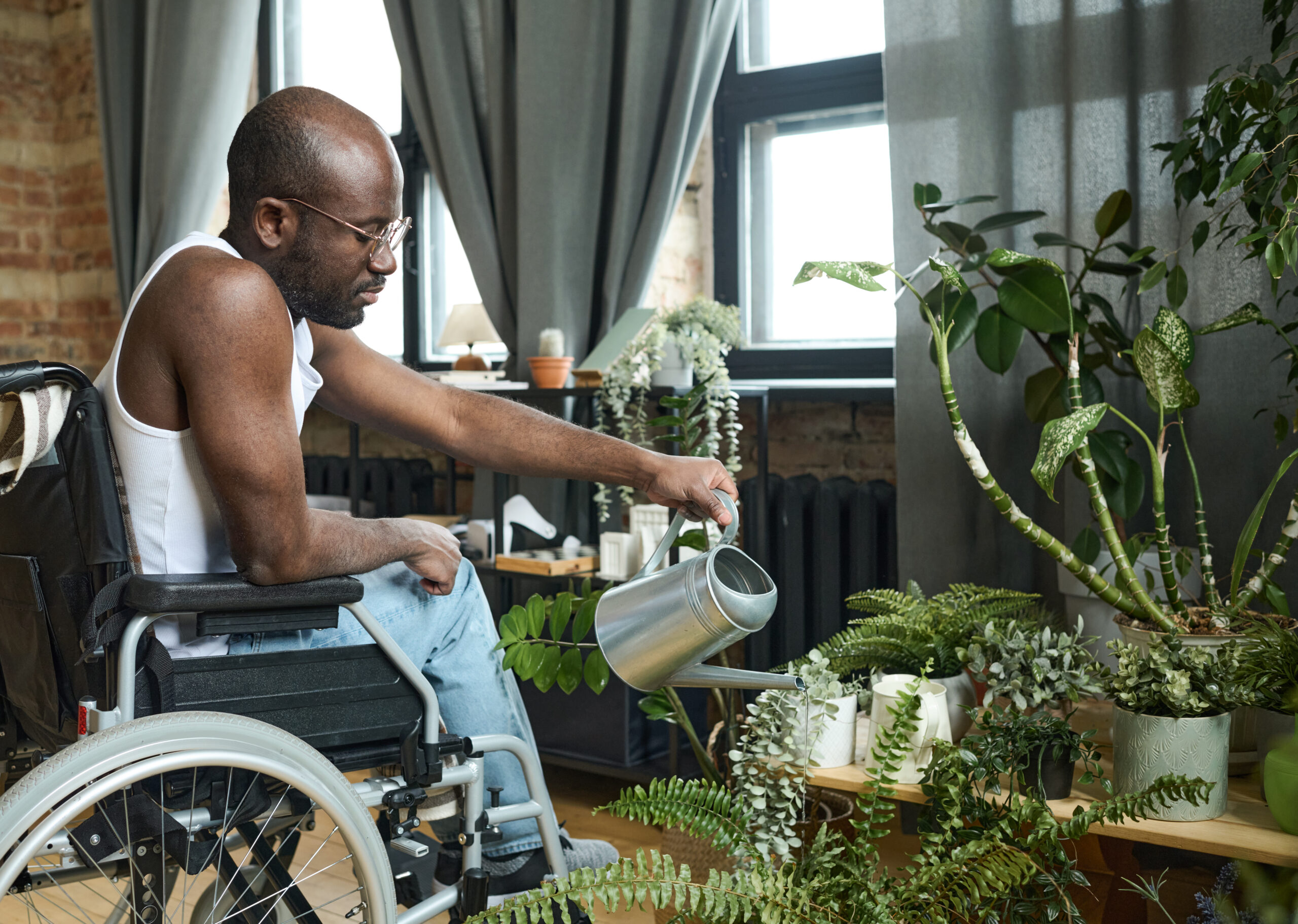In a world full already strife with uncertainty, and emotional turmoil, dealing with trauma can take an additional toll on our mental and emotional health. It’s common to get caught up replaying traumatic events in our heads, feeling anxious and scared, or struggling with a deep sense of sadness. However, mindfulness offers a gentle and effective way to help us handle these tough times.
Understanding Trauma and Its Echoes
Trauma can stem from many sources—sudden loss, accidents, abuse, or natural disasters—and its effects can be long-lasting, influencing our thoughts, behaviors, and feelings. Symptoms might include persistent sadness, low-grade anxiety, flashbacks, disconnection with yourself and others, or hyper-vigilance. Trauma often acts like a shadow, subtly altering our reactions and thoughts, making the past feel ever-present. For a deeper exploration of trauma and its effects, consider watching my video series on holistic trauma healing here.
The Healing Power of Mindfulness
Mindfulness is about anchoring yourself in the present moment, fully engaging with the present moment free of judgment. This practice can be especially helpful for trauma survivors, as it can help to break the cycle of reliving past traumas. It can also support nervous system regulation by reducing stress and anxiety, stabilizing emotions, and enhancing overall mental resilience.
Mindfulness allows us to see trauma not as a relentless enemy but as a part of our experience that we can approach with compassion and understanding.
To learn more about the transformative power of mindfulness, check out my guided meditations specifically designed for trauma recovery here.

Mindfulness Techniques to Cultivate Healing
Here are a few mindfulness exercises to explore that may support you in calming trauma symptoms.
Focused Breathing:
Find a quiet space, sit comfortably, and close your eyes. Focus on your breath—feel the air entering your nostrils and leaving your mouth. When your mind wanders to past events, gently guide it back to your breath. You might try saying to yourself “here” and “now” and then return to your breath. Experiment with elongating your exhales and noticing how this feels in yoru body. Continue the breath until you feel a sense of greater ease and calm. This simple practice can help center your thoughts and reduce anxiety. For a guided session on focused breathing, watch my video that walks you through the process. You can also learn more about focused breathing on my blog.
Body Scan Meditation:
The body scan is a powerful tool for grounding, centering, and reconnecting with feelings of safety when triggered or overwhelmed. You decide if this practice feels right for you. Listen to your body cues. Feel free to move past any body part you don’t feel comfortable focusing on. Start by bringing your attention to the top of your head. Notice any sensation or possible tightness there. Gently allow your breath and awareness to soften any tension without force or pressure. Slowly and gradually, move your breath and focus down your body. Mindfully give attention to each part. Move down your head, face, eyes, neck, shoulders, chest, back, arms, hands, abdomen, pelvis, hips and legs. With each area, cultivate a sense of curiosity and self-compassion. Listen to the signals your body is sending you. Breathe. As you reach your feet, notice a grounding sensation and the support of the earth beneath you. When you’re ready, gently open your eyes and return your awareness to your environment.
Container Visualization:
The container visualization provides a safe, structured way to contain overwhelming feelings, thoughts, and memories until you feel ready to address them. To practice the container visualization, start by getting comfortable. Take a few deep breaths and focus inward. Envision a solid and sturdy container that symbolizes strength and containment to you. It can be anything you choose, like a metal box, a treasure chest, or even a warehouse with multiple rooms. Imagine placing any distressing feelings, thoughts, and memories that you’re currently experiencing into this container. Take all the time you need to gather them all and put them in. Once they’re in, lock the container securely. Then, leave your container, knowing that all is secure within it. When you feel ready, return to the present moment and continue your day.
Know that you can return to these feelings, thoughts, and memories when prepared at your own time and pace.
Self-Compassion Meditation:
Self-compassion is the practice of treating yourself with kindness, understanding, and acceptance, especially during difficult times. It involves extending the same warmth and support to yourself that you would offer to someone you love during difficult times. Practicing self-compassion may feel unfamiliar. Start by mindfully observing your thoughts without judging them. When self-critical thoughts emerge, offer yourself the kindness you’d extend to a dear friend. Ask, “Would I say these things to someone I care about?” Then, gently affirm, “I am doing my best, and that is enough,” and “I can be gentle with myself.”
To deepen your self-compassion meditation, envision a soft, warm light enveloping you, representing kindness and acceptance. As you breathe in, imagine drawing this light into areas where you feel discomfort or pain, physical or emotional. With each exhale, release any feelings of judgment or negativity. Allow yourself moments to sit with this healing energy, recognizing that you are worthy of care and love. Through this practice, you cultivate a sanctuary within, fostering a resilient and compassionate relationship with yourself. Learn more about healing with self-compassion in this blog.

Integrating Mindfulness into Everyday Life
Beyond these specific practices, incorporating mindfulness into your daily routine can be simple. Try feeling the sensations of the water running through your fingers as you wash dishes or explore walking mindfully when you are out and about. Each moment of mindfulness is a step towards healing, helping you not just to survive your pasts but to thrive in your present and future.
Embracing Support
While mindfulness is a powerful tool, it’s still important to seek professional help for trauma when needed. Therapists can provide you a more tailored plan that can be complemented these mindfulness practices. Mindfulness coupled with professional guidance can deeply support your healing journey.

It’s Your Story to Write
Trauma may be a part of your story, but it doesn’t define your entire book. With mindfulness, each moment is an opportunity to weave new narratives of peace and resilience. If you’re interested in exploring more about mindfulness or need guidance on dealing with trauma, feel free to reach out for a complimentary discovery session. Let’s navigate this journey together, with patience and kindness, towards a more peaceful self.
References
- American Psychological Association. (n.d.). Trauma. APA. https://www.apa.org/topics/trauma/
- National Institute of Mental Health. (n.d.). Post-Traumatic Stress Disorder. NIMH. https://www.nimh.nih.gov/health/topics/post-traumatic-stress-disorder-ptsd
- Mindful.org. (n.d.). Resources for Mindfulness and Mental Health. Mindful.org. https://www.mindful.org/

